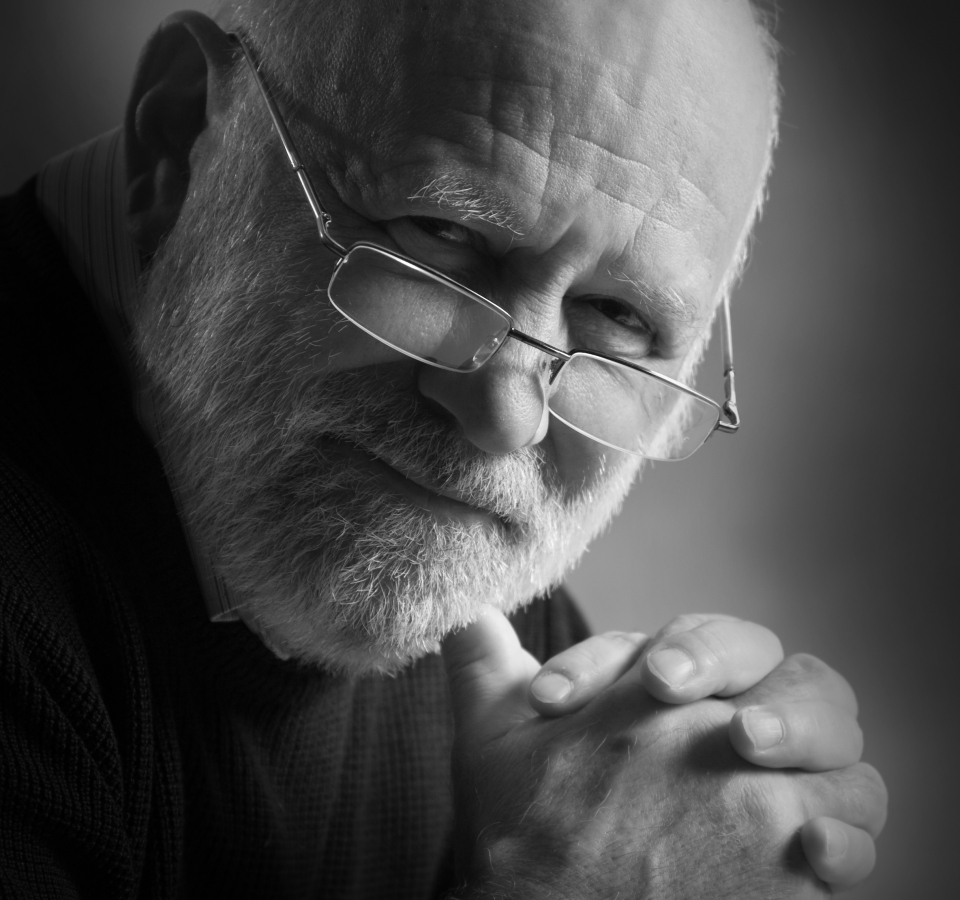Alexander Victorovich Voloshinov – Candidate of Physical and Mathematical Sciences, Doctor of Philosophy, Professor. He is the author of more than 200 scientific works, about forty of which are in English and French, the author of the books “Mathematics and Art” (two editions), “Pythagoras: Union of Truth, Goodness and Beauty”(five editions),“ The Wreath of Wisdom of Hellas ”(three editions),“The Trinity of Andrei Rublev: Geometry and Philosophy”.
Alexander Voloshinov’s PhD thesis was devoted to mathematical modeling of the damping of a shock wave from an atomic explosion, while the “The Ontology of Beauty and the Mathematical Principles of Art” doctoral thesis was completely peaceful.
One of the opponents in the doctoral quantitative dissertation was the well-known designer of rocket and space technology and art historian, academician of the Russian Academy of Sciences Boris Rauschenbach, who gave a high rating to the opposed work.
His research interests include empirical and mathematical aesthetics, information-synergistic and symmetrological methods of art analysis, philosophy of collaboration between science and art. Member of a number of international associations and societies. Included in many international biographical directories.
We met Alexander Voloshinov on the eve of the third edition of the “Mathematics and Art” book:
Alexander Viktorovich, mathematics and art are traditionally perceived as two poles of human creative activity that are divided by the abyss. How did you manage to combine these two areas of intellectual activity in one book?
My merit is not great. This is the state of affairs in reality, that science and art are united, they are connected by thousands of invisible threads, and all I could do was try to expose these threads. Just as Michelangelo saw his task in casting off extra marble hiding a beautiful sculpture.
The great Buanarroti, of course, is cunning here, and if to speak seriously, I am convinced that the laws of harmony that nature created by God conceals and the laws of harmony that the artist creates are united. Mathematics as the queen of sciences reveals these laws to us better than others. In my opinion, this idea was most clearly expressed in Dante’s Divine Comedy:
The art of mortals follows nature,
As a disciple of her span;
It is God’s grandson in a certain way.
So I could only put a copulative “and” between the words mathematics and art, and not the separative “or”. This is stated in the introduction to the book.
The latest example of the unity of the harmony of nature and the harmony of art is the theory of fractals, that are self-similar structures of fractional dimension. As it became clear at the end of the twentieth century, the whole world around us — mountains, rivers, clouds, trees, blood and neural networks — all of these are fractals.
If at the dawn of the modern natural science Galileo claimed that the book of nature was written in the language of circles and triangles, then today it can be argued that the book of nature is written in the language of fractals.
Moreover, for the last 20 years we have been trying to prove that the book of art is written in the language of fractals. Indeed, fractal structures, including the fractals of the golden section, are found both in music and in frozen music – architecture, poetry, prose.
And how did you come to Pythagoras? Your book about Pythagoras is the most interesting thing I’ve come across about this great man. Reading it, it seems as if you yourself witnessed the events of almost three thousand years ago. How did you manage it?
It seems that Hemingway said that when the author discovers the content of his book for himself, then this content becomes interesting for the reader. I discovered Pythagoras and, I confess, it was not easy. The book was written during the Soviet era, and the authority did not favor the ancient idealist philosopher. Even A.F. Losev called (most likely, forcedly) Pythagoras a semi-mythical person. I believed in the real Pythagoras and collected the surviving information about him bit by bit.
But the best proof of the existence of the real Pythagoras is his teaching. 500 years before our era in the law of integral-valued proportions in consonances, Pythagoras discovered the connection between mathematics and music, the two highest exponents of science and art. However, the greatness of Pythagoras consisted not only in the fact that he discovered the consonance law, but also managed to appreciate its true ideological significance. Not only “earthly” music is harmony and number, but the whole universe has a beautiful, simple and clear mathematical structure, the whole world is harmony and number, the whole Universe is organized according to the principle of musical harmony, the divine music of celestial spheres is played throughout the Universe. So the Pythagoreans came to their famous principle that everything is a number.
The ideas of Pythagoras were soon taken up by Plato and formulated by him in the form of the most important transnational and transepochal principle of science, which is the principle of mathematization of science. And Plato is in fact the whole subsequent world philosophy. That’s why the English philosopher and mathematician A. Whitehead called all Western philosophy only the sum of the footnotes to Plato.
So from Pythagoras and Plato you came to the whole of ancient philosophy?
Yes, the book “The Wreath of Wisdom of Hellas” – its latest edition – has the subtitle “Ancient philosophy in portraits and destinies from Thales to Boethius”. This is the essay of all ancient philosophy, which is really woven into a tight and beautiful wreath. Truly, it is a laurel one, but it is also a thorns crown of ancient Hellas, for the path to truth is always torn through thorns. The fate of the wise man is woven into his philosophy, and this fate is usually so difficult, the mocked Geraklit wanders in the mountains and it is not known where and how he dies.
The captive Zeno of Elea bites off his tongue and spits it to the tyrant face, now he can no longer say anything to him.
Democritus blinds himself so that his vision does not interfere with his inner speculation.
On the night before his execution, Socrates refuses to escape and calmly takes death in the morning.
Slandered, Boethius, while awaiting execution, does not ask for mercy, but writes his best book, “Consolation by Philosophy”.
So the ancient wise men left us not only the seeds of their wisdom, but also examples of moral greatness.
And the last. Where one can purchase your books?
It is possible to order “Pythagoras» and «Wreath» on the URSS Publishing House web site: http://URSS.ru.
Now this publishing house prepares for the third edition of the “Mathematics and Art” book. I hope the book is published by the end of the year.
Interview: Ivan Stepanyan











